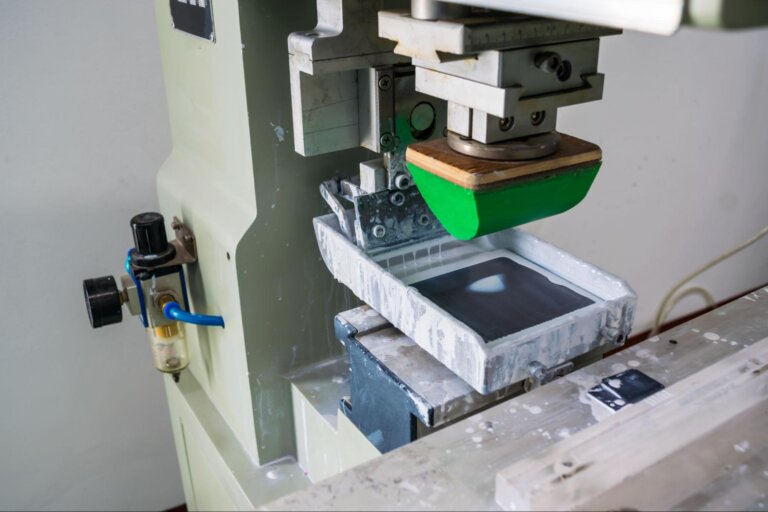Time to read: 8 min
You reach over to plug in your phone, and you feel that spark — and not in a metaphorical “I love this product!” kind of way. The wire’s insulation is cracked, and yet another charging cable is about to make its way to a landfill. And you have to make a midnight run to the store to be ready for your 6 a.m. conference call with Japan. So, what’s the cause of your consternation? Repeated use has strained the cord.
Strain is defined as the change in length, divided by the original length of a specimen under stress. Going back to our charging cord example, let’s say that the cord was originally 10 inches, and it stretched a total of 0.025 inches. That means our strain was 0.0025 in/in.
Pro-Tip: for a more comprehensive review of strain, including stress-strain curves and design concepts, check out How to Design for Stiffness Using Material Properties.
For such a simple concept, strain relief designs have a significant impact on users. And strain relief is not only important for consumer products where users test even the most robust designs. NASA has these issues, too — a 2020 International Space Station (ISS) Daily Summary Report shows a repair made to the ISS Extravehicular Mobility Unit (EMU) Umbilical (IEU): “The new IEU design that incorporates strain relief has been added to the end of the umbilical where it interfaces with the suit (corrective action to previous water leaks).”
So, strain is a common problem in a variety of contexts. But how can you create a reliable connector when you need your cables to last a long time? Can you accomplish the task without demolishing the aesthetics of the design? The short answer is yes, and this article will explain how!
Why Do Good Cables Go Bad?
Tight bends in a cable near its connector cause high stress, fatigue, and failure. The stiff connector interfaces with a very flexible cable and the point of contact takes the brunt of the movement. Every tug or stress on the cable acts in a way that is concentrated on a single point.When considering a bending moment, strain is inversely proportionate to the radius of curvature – a fancy way of saying the tighter the bend, the more risk of failure. An easy way to visualize this is to take two paper clips out of your desk drawer and straighten them (for those who want a more detailed, scientific approach, check out this research by The Royal Institute of Technology in Sweden). With the first paperclip, try bending the wire around a pencil and straightening it several times. The paperclip will bend easily and is unlikely to break. With the second paper clip, make tight bends, back and forth, and see how many times it can be bent without breaking — my personal best is five repetitions. The lesson is clear: repeated tight bends = failure. So, we use strain relief as a bend relief for cables.
The Solution: Strain Relief
Strain relief on cables offers mechanical support to the cables, protecting them from tight bends and fatigue loading. But how much is enough?
Of course, you can take the strain equations from bend radii, correlate the strain with stress using the modulus of elasticity of the particular cable material, look up values for maximum stress, figure in a safety factor for material variation, and arrive at a number predicting safe bending allowance for your particular cable.
Bend radius = K * D
Where K=material factor for wire
D=wire diameter
That said, unless you’re a masochist who derives pleasure from second-order differential equations, I recommend something simpler: the 8X rule.
For any electrical cable, multiply the overall diameter of the cable by eight, and use that as your minimum bend radius. Of course, there are exceptions for shielded cables and multi-core shields, but this basic rule is accepted by the National Electric Code and gets you the relief you need without adding the cable’s stress to your own.
Pro-Tip: The bend radius for strain relief is not the same as the minimum bend radius (AKA the smallest radius a cable shall be bent to prevent damage).
Okay, so now we know why we need strain relief, what strain relief is, and even how tight to make the bends. Can we simplify incorporating it into the design? Yes, yes we can.
Common Strain Relief Designs
Strain on electrical cables has been around as long as humans have been channeling electricity for our own uses, and electrical strain relief designs have been around nearly as long. Today there are several common designs, each with its pros and cons.
Metal Spring Strain Relief
Older designs use a metal spring surrounding the cable at the cable-connector junction. It’s a simple and effective method, but you need to make certain that the bend radius will be large enough when the cable is subjected to common pulling forces. One of the great things about this design is its classic look, which makes it a great option for cables in high-end consumer designs.
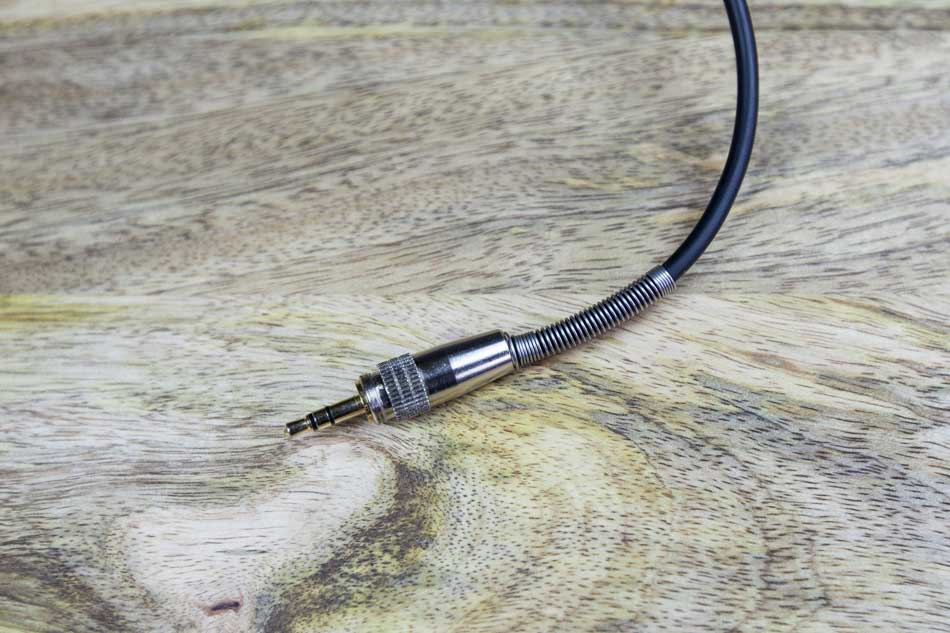
Plastic Strain Relief Designs
Strain relief designs made of flexible plastic are most common these days. While there are theoretically an infinite number of designs, most designs fall into one of three categories: one-direction, multi-direction, and solid.
1. One-Direction Strain Relief
You may be familiar with the boy band, but no, we’re not talking about the feel-good pop group that birthed Harry Styles. But properly designed, one-direction strain relief designs are definitely something worth singing about. (Almost. OK, not really. Although, if you’re like me, you’ll find joy in this song generated by singing Tesla coils.)
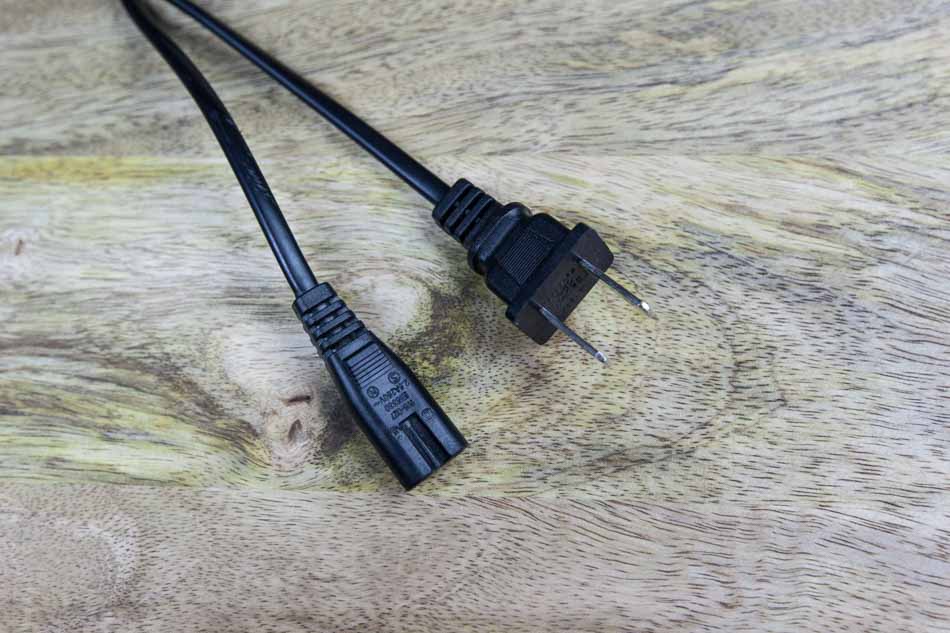
Uni-directional designs give bend relief in one direction while remaining stiff in the other. They work using series of plastic segments that come in contact with one another to create a minimum bend radius, and are effective in that direction. Because this design allows for strain reduction in only one axis, the applications are specific. This design is beneficial in applications like mechatronics or robotics where the cable repeatedly bends in the same direction.
2. Multi-Direction Strain Relief
As with uni-directional designs, multi-direction strain relief relies on plastic segments to limit the bend radius and protect the vulnerable connection. This design allows for movement in two or more directions by alternating the connection points between segments. Because of the flexibility of the design, this is the best option for most consumer products and is widely available. You’ll commonly find this design on the electronics around your home.
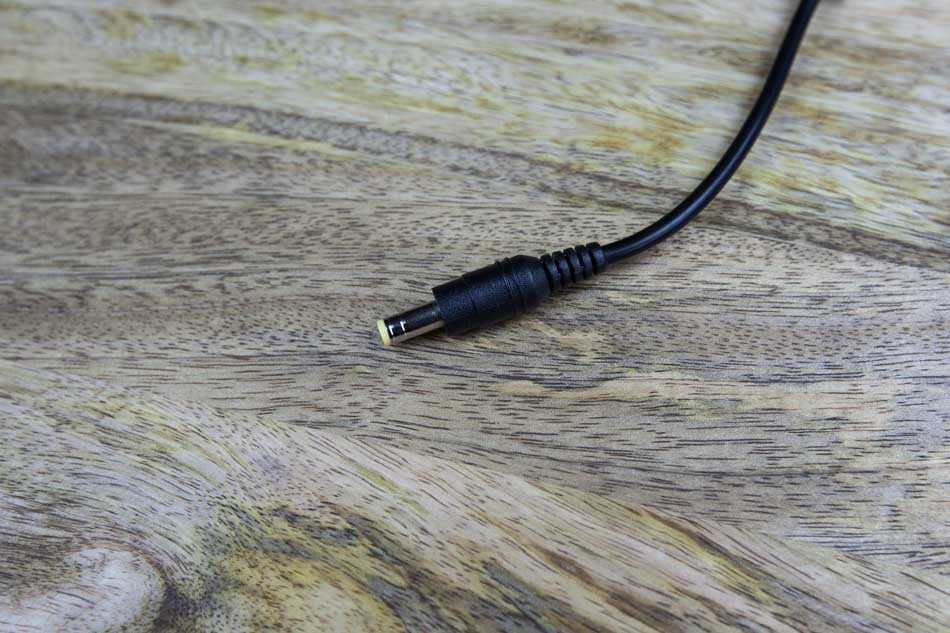
3. Solid Strain Relief
Increasingly popular for mostly aesthetic reasons, solid strain relief can be seen on everything from lightning cables to vacuum cleaner cords. This is, in simple terms, a thickening of the coating around the wire at the point of connection. Solid strain relief is often a custom strain relief design. While these designs look great, they require extra caution because the strain relief area is often too stiff, so the strain concentrates at the junction between the strain relief and the cable. The key here is to make sure that the strain relief is flexible enough for the cable to bend inside the strain relief area instead of at the junction — but even great designers get this wrong (I’m looking at you, Mr. Ive).
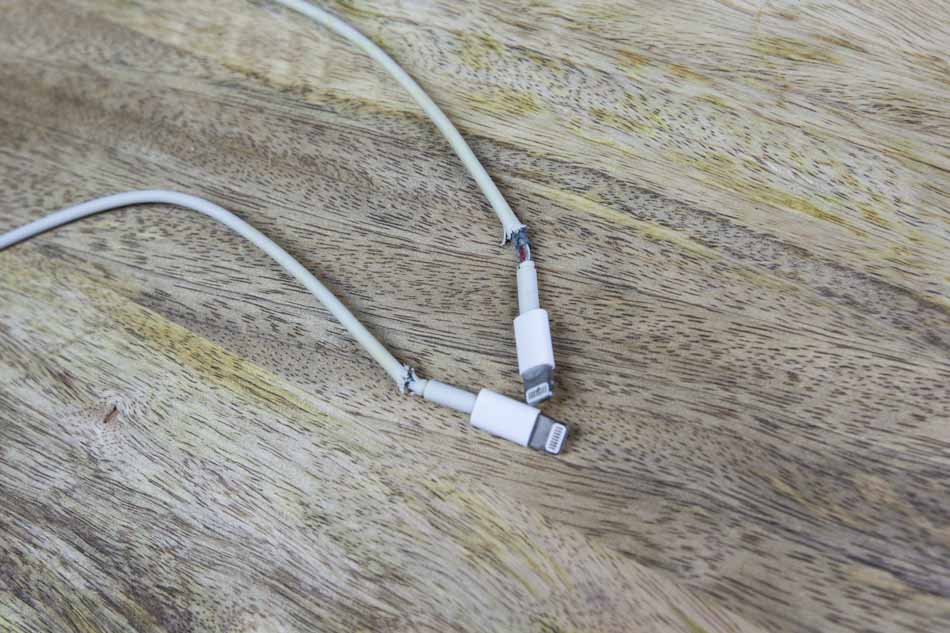
As an additional consideration, solid designs are the easiest to clean — so they’re the only option for food, beverage, and medical industries. Just remember to approach the design carefully.
Aesthetic Considerations
With every great design, form follows function, but follows so closely the two are nearly inseparable. That means thinking beyond the minimum bend radius and strength of materials to consider how it will look and feel to the person using the cable every day.Some designs require a classic industrial look, so metal springs are an obvious choice. For others, sleek minimalism is the order, and solid strain relief wins. Multi-directional segmentation can fit with a playful, funky look. Don’t be afraid to get creative and experiment with different sizes or totally out-of-the-box designs, like the designer of the Snakables cables (full disclosure: I worked on the design of Snakables). For consumer products, this is a chance to really stand out.
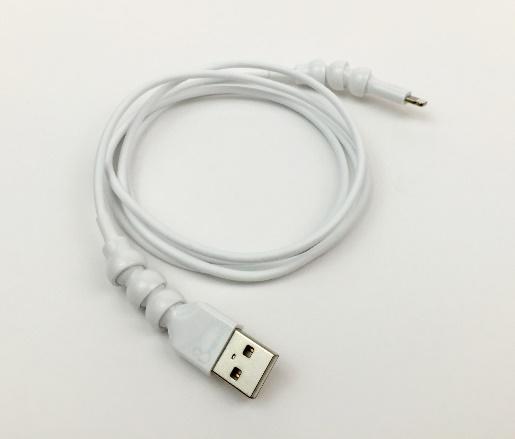
Manufacturing Considerations
Ok, so lets say our design is almost complete. Before you put down your pencil and start singing “It’s Five O’Clock Somewhere,” think about how your beautiful new design will be made. You’ve got two options: molded or slide-on.
Molded designs incorporate strain relief directly into the plug design to create a robust unit. While this is attractive and can be very effective, it may require expensive 2-shot molding, and so is best for designs which will be produced in high quantities.
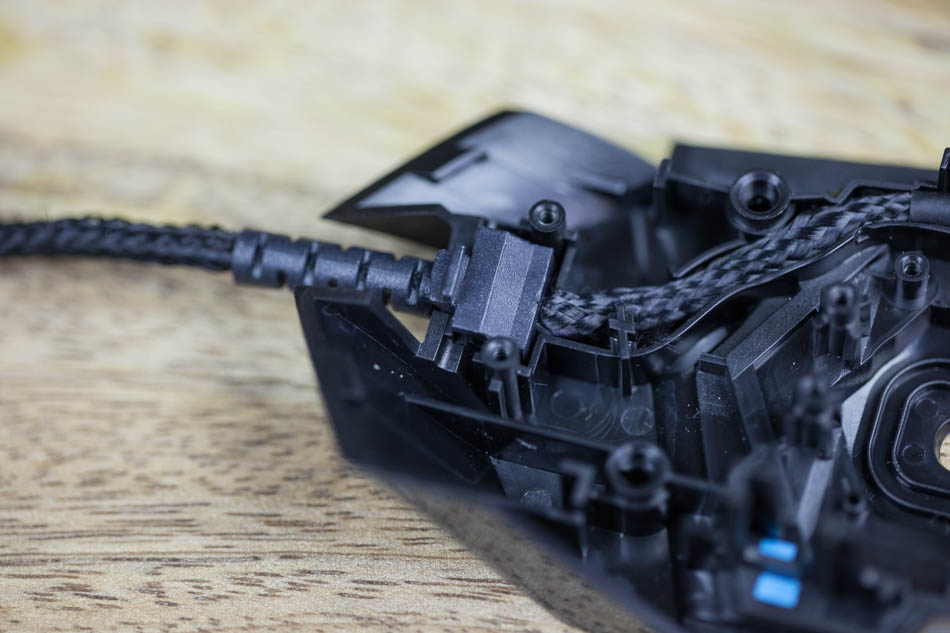
Slide-on designs are simpler and can interface with existing plug designs. Many slide-on stress relievers are available as off-the-shelf parts, and so are a great option for new products and situations where your company is not ready to commit to custom tooling.
Additional Design Considerations
There are also a few areas where you should pay more attention depending upon where your product will be used. Both the medical and food industries have special requirements for cleanability and materials. If your cables must operate in harsh environments, you may need to use special materials and much larger bends for extreme heat (where electrical resistance increases) or extreme cold (where brittleness increases). Each application has its own unique demands.
Prototyping Your New Design
All products go through iterations of design-build-test, and strain relief is no exception. Happily, most designs can easily be tested using 3D printing. For designs intended to be manufactured from an elastomer, try printing in a rubber-like material for testing. If your design is destined to be made of rigid, yet flexible plastic, you can print in a strong and flexible nylon material. Designs that will be molded can be printed in halves and glued together, while slip-on designs can be tested in nearly their final form. If you need more details, check out these articles on hardware design, as well as Fictiv’s Capabilities Guide.
What a Relief!
Easy to design and vital to success, strain relief is a simple matter of calculating your minimum bend and choosing the right style for your application. Do that and you can be sure that the only spark felt with your product will from customers falling in love with your design.
Sourcing Simplified – Start Your Next Project With Fictiv
For all your injection molding, 3D printing, and urethane casting needs, Fictiv has you covered. We’re experts at producing custom, tight tolerance parts (including strain relief designs), in a variety of materials, and we simplify custom part sourcing with intelligent, streamlined, automated workflows. Fictiv is your operating system for custom manufacturing that makes part procurement faster, easier, and more efficient.
Create an account and upload your part to see what our instant quote process, design for manufacturability feedback, and intelligent platform can do for you.










